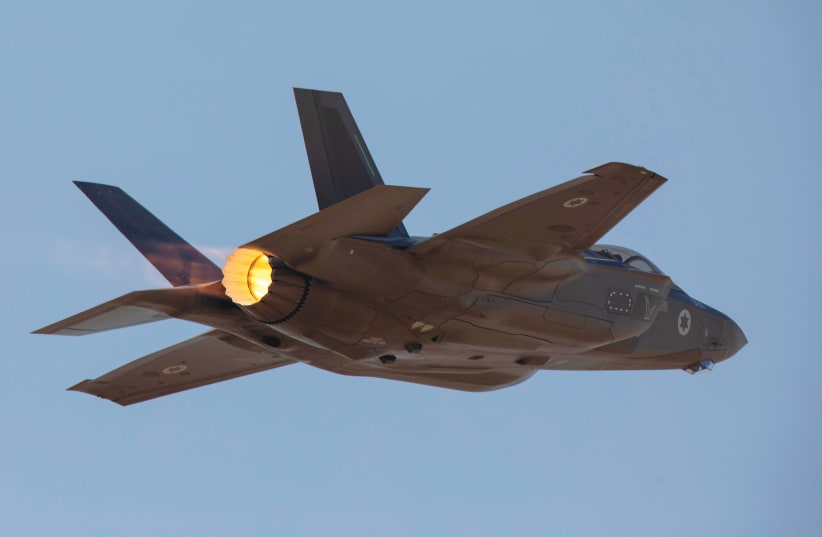The B61-12 is the latest variant of the B61 family of air-launched nuclear gravity bombs, which have been operational with the US military since 1968.The new variant is intended to improve the nuclear capabilities of the US Air Force and allied nations and can be launched by platforms such as the B-2A, F-15E, F-16C/D, F-16 MLU, PA-200, F-35 and B-21.At 12 feet long and with an approximate weight of 374 kg., the bomb can fit inside the internal weapons bay of the platforms, meaning that the F-35 would not sacrifice its stealth capabilities by carrying it.The B61-12, which carries a low-yield nuclear warhead, has four yield options: 0.3 kilotons, 1.5 kilotons, 10 kilotons and 50 kilotons. It uses an inertial navigation system and has an accuracy of approximately 30 m.THE TEST was part of a series of B61-12 full-weapons system demonstrations that also included the F-15E Strike Eagle fighter jet in March and the B-2 Spirit bomber in July. The August test was the first demonstration of the bomb from an internal bomb bay on a fighter jet and the first release of the B61-12 at speeds of Mach 1 or greater.“This was the first test to exercise all systems, including mechanical, electrical, communication and release between the B61-12 and the F-35A,” said Steven Samuels, a manager with Sandia’s B61-12 Systems Team in a statement. “We’re showing the B61-12’s larger compatibility and broader versatility for the country’s nuclear deterrence.”According to Samuels, the latest test “is a critical piece” of both the F-35A and B61-12 programs.“Aboard the newest fighter, the B61-12 provides a strong piece of the overall nuclear deterrence strategy for our country and our allies,” he said.Unlike the F-15, which would carry the B61-12 externally and without stealth capability or the B-2 that flies at subsonic speeds, the F-35 will be able to carry the bomb internally and at supersonic speeds while in full stealth mode.The release of the rare video comes days after two American B-52H Stratofortresses flew a “short-notice, long-range mission” from the 5th Bomb Wing at Minot Air Force Base to the Middle East.According to a press release by US Central Command, the mission was “to deter aggression and reassure US partners and allies.”With an extremely low radar signature, the F-35 is able to operate undetected deep inside enemy territory, such as Iran, as well as evade advanced missile defense systems.The Israeli Air Force currently has 24 F-35i Adir aircraft and will open three full squadrons of the advanced jet in the coming years for a total of 50 planes. The IAF is also now considering whether to purchase an additional 25 F-35s to give the Jewish state a total of 75 stealth fighter jets.The F-35i Adir is heavily tailor-made to Israel’s own specifications and is embedded with Israeli-made electronic warfare pods as well as Israeli weaponry, all installed once the planes have landed in Israel.Its air force was the first to use the F-35 in combat in 2018, just months after it declared operational capability. Since then, it has been reported to be playing a central role in Israel’s “war-between-wars” campaign against Iran.The US Air Force has tested the new B61-12 nuclear gravity bomb with the #F35. While the test took place this summer, a rare video was declassified yesterday. https://t.co/J35O9XNe2w pic.twitter.com/0oFgt3u9N3
— Anna Ahronheim (@AAhronheim) November 24, 2020
US Air Force tests new B61-12 nuclear gravity bomb with F-35A
Rare video footage shows the release of an inert version of the bomb from the stealth fighter's internal bomb bay.
